Toyota has flipped the switch at its new battery “megasite” in Liberty, North Carolina, opening a $13.9 billion facility and confirming plans to invest up to $10 billion more in its U.S. operations over the next five years. The plant, Toyota Battery Manufacturing North Carolina (TBMNC), is the company’s first battery factory outside Japan and its eleventh manufacturing site in the United States. Fox Business, Reuters, and Toyota’s own announcement all confirm the scale of the move.
The 1,850-acre site will build lithium-ion batteries for hybrid models like the Camry and RAV4, as well as a future three-row all-electric SUV. At full capacity, Toyota expects 14 production lines and about 30 GWh of annual output, enough to power hundreds of thousands of vehicles per year.
This is an optimistic headline about a foreign automaker that is actually pouring concrete and hiring in the United States, rather than chasing cheap labor and weak environmental rules overseas. The core question now: how much of this EV value chain will truly be American, not just American-branded?
Jobs and an EV Policy Win for North Carolina
State and local officials say the Liberty plant will support about 5,100 permanent jobs once fully built out, on top of construction work already underway. ABC11 in Raleigh notes that Toyota’s total North Carolina commitment has grown from just over $1 billion in 2021 to nearly $14 billion today, with wages well above the county average.
Those jobs land in a state that has quietly become a pillar of the clean-energy supply chain, with more than 100,000 workers in related industries and new projects in mining, batteries, and EV assembly on the way. Clean-energy trackers and policy analysts tie much of that momentum to the Inflation Reduction Act’s manufacturing incentives.
Toyota says its new North Carolina output will support assembly plants in Kentucky, Alabama, Indiana, and beyond, keeping at least part of the EV and hybrid supply chain anchored in American communities instead of being shipped in fully built from overseas.
Can This Plant Cut Dependence on Foreign Battery Materials?
For American manufacturing advocates, the harder problem is upstream. The Inflation Reduction Act’s 30D clean-vehicle credit only pays out in full when both battery components and critical minerals meet rising domestic-content thresholds and avoid “foreign entities of concern,” a category that includes Chinese-controlled producers. Analysts at CSIS and the Bipartisan Policy Center explain how half of the federal credit now depends on North American battery production, while the other half hinges on mineral sourcing from the U.S. or trade-agreement allies.
Toyota’s North Carolina plant puts a significant portion of that battery component value within U.S. borders, a clear response to those rules. But the company has offered few details on where its cathode materials, anodes, and processed graphite will come from, even as it confirms the extra $10 billion in U.S. investment. Coverage from the Financial Times notes that Toyota and other automakers still face high costs from U.S. tariffs and a heavy reliance on Asian battery supply chains.
In my opinion, the Liberty plant is a win, but it cannot be the finish line. Americans are putting their tax dollars behind EV incentives designed to rebuild domestic production. We’ll be watching whether the jobs at this site are matched by U.S.-sourced materials, American-owned suppliers, and real long-term independence from overseas battery factories.

